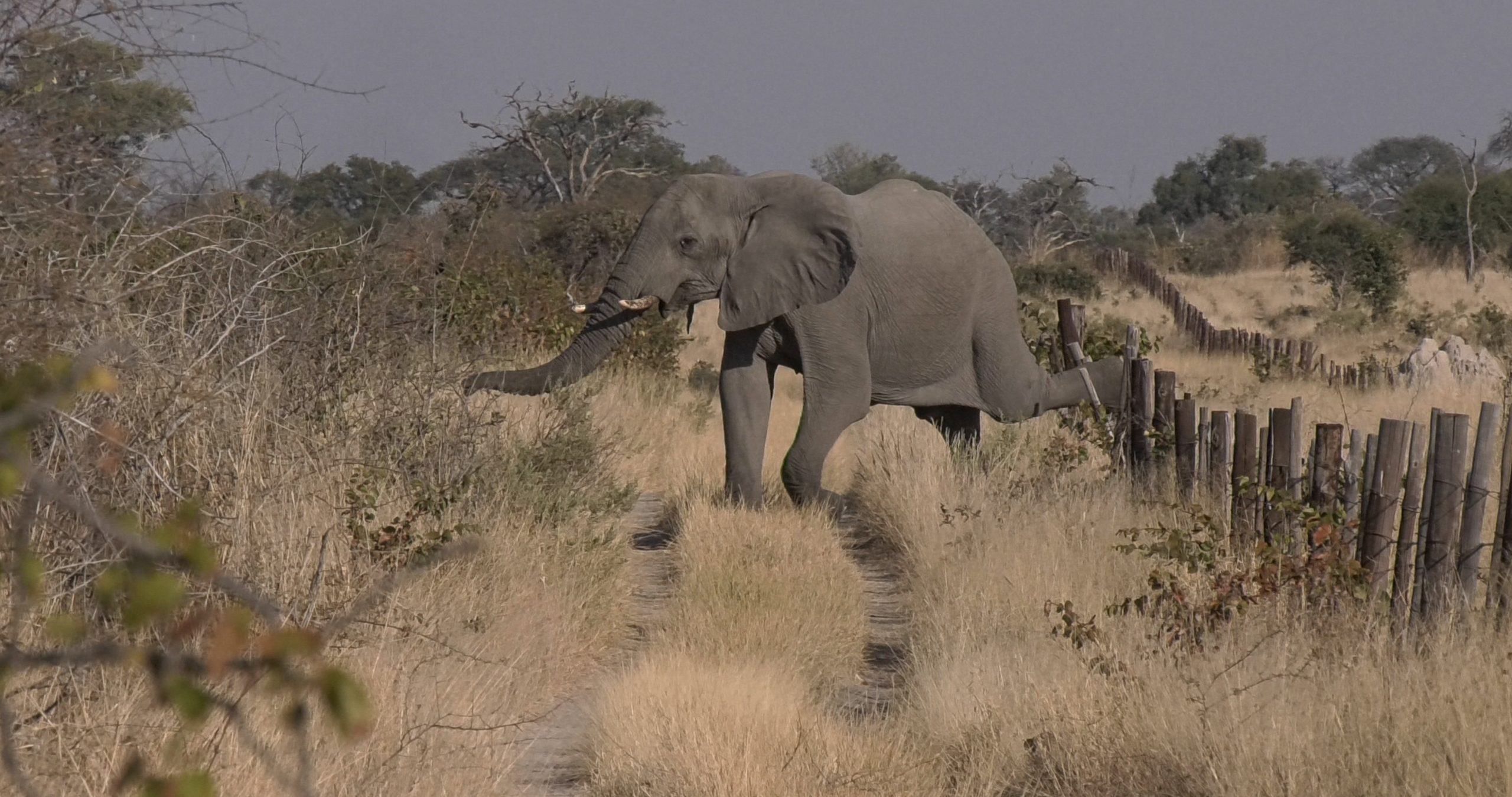Any Third-World nation that seeks to export beef to international markets, especially in Europe, must meet high standards of veterinary hygiene and disease management. In the early 1970s, the European Union stipulated that Botswana’s government restrict the movement of wildlife into its beef herds to control diseases such as foot and mouth disease from infecting the cattle. Beef was the country’s largest export at the time.
The European Union heavily subsidizes the industry through the Cotonou Agreement, and in 1995 with an outbreak of Contagious Bovine Pleuropneumonia (CBPP), 320,000 cattle were destroyed, 114,000 cattle from ranches and 206,000 from communal lands.
The Botswana government embarked on a project to erect fences in strategic places across the country, primarily to appease the European market. The best-known fence is the Northern Buffalo Fence, erected in 1996, separating Maun from the Okavango Delta. It also demarcates the red and the green foot and mouth disease zones.
The fence stretches across a region that is a major migratory route for zebra, wildebeest, and elephants to and from dry and wet areas. It also fragments and restricts the movements of localized populations such as eland, roan, sable, tsessebe, and giraffe.
Following the declaration of the country as CBPP free, conservation groups, notably the Kalahari Conservation Society (KCS) and local communal pastoralists, pressurized the government to demolish fences. While conservation groups cited environmental concerns, pastoralists argued that they had been cut off from critical grazing land and water resources.
An Environmental Impact Assessments (EIA) study by Scott Wilson (2000) on CBPP Fences recommended the removal of the Setata and Nxai Pan Buffalo Fences. The Setata Fence was removed in 2003, and the Nxai Pan Buffalo Fence in 2004, but the Northern Buffalo fence remains.
In 2012 the ranches’ protection buffer fence was constructed as an emergency measure to prevent foot and mouth disease from spreading into commercial ranches and Ghanzi District. Communal pastoralists were incensed. They had not agreed to the erection of the fence and believe that it exclusively protects ranchers while cutting them off from traditional grazing land and water resources.
Environmental Impact Assessments (EIA) and research into the potential effects on rural livelihoods are essential before fences are constructed. International trade is essential in the economic development of any country but not at any cost. Sustainable use of wildlife is far more environmentally friendly than cattle ranching and the necessary infrastructure that goes with it.
But buy-in from the international community is essential.
The animal rights activists are ensuring that that is not happening.


